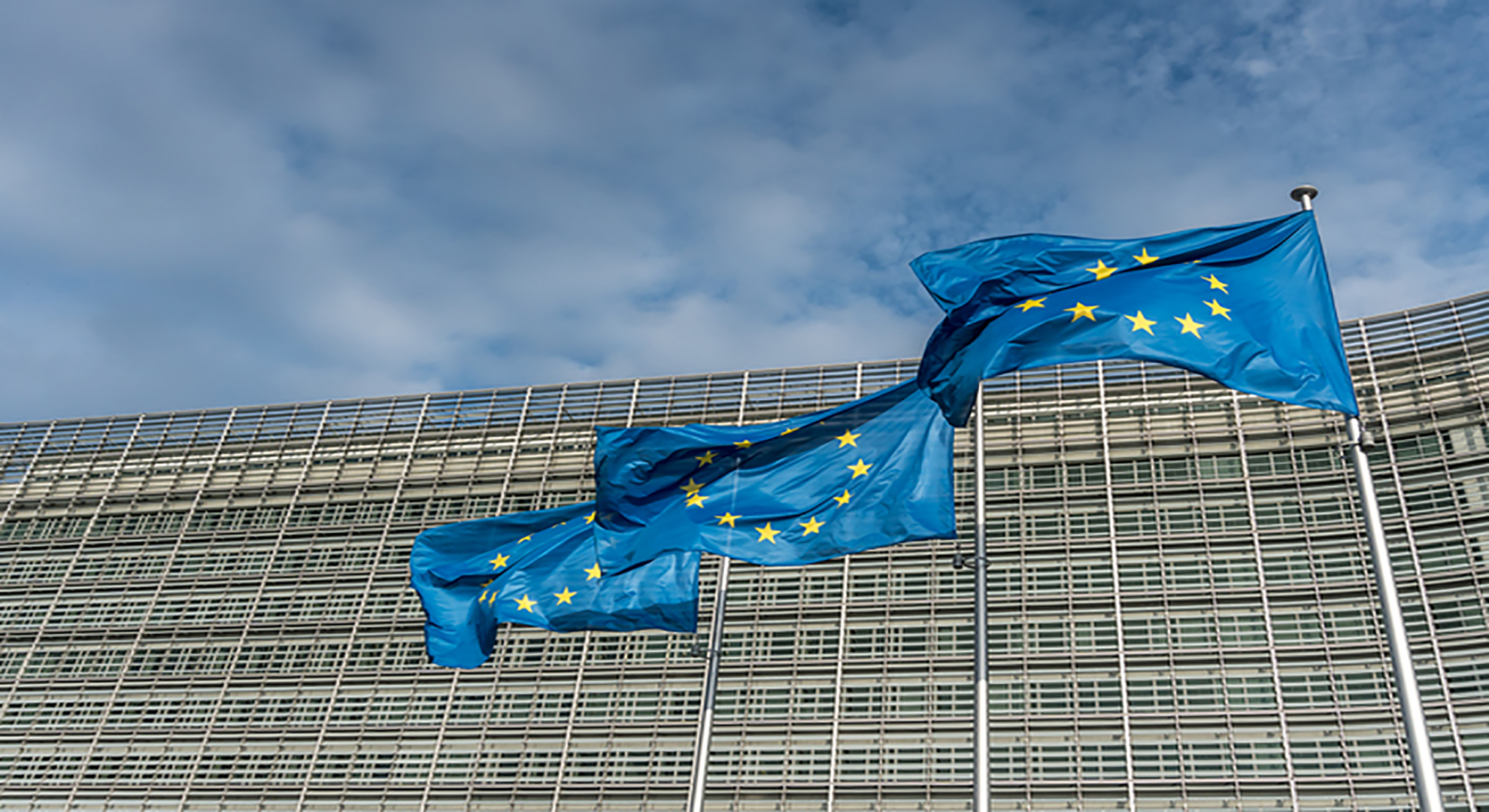
30 Oct The European Commission and its drive to promote investment in broadband connectivity infrastructure at European level
The challenges we’re currently facing are serious and global. The pandemic, with all the enormous economic and social difficulties it will bring to the entire planet, requires a firm and coordinated response as part of a truly transformative approach across the globe.
Because this doesn’t exclusively affect individual nations. The European Commission is aware of the challenge, as demonstrated by the most recent State of the Union address, which brought forward measures to strengthen the Digital Decade agenda. According to the President of the Commission, Ursula von der Leyen, broadband connectivity and the timely deployment of 5G connectivity are the cornerstones of an essential digital transformation throughout the European territory.
Both pillars of this transformation will contribute significantly to creating new opportunities and a whole generation of economic resources, on the one hand, consolidating the European Union’s position on competition, efficiency and sustainability as a leader in the global digitalisation process on the other, according to von der Leyen. Digitalisation and access to quality digital services might just guide the course of the economic recovery that all countries will soon be embarking on.
Consensus between all states is vital for efficient broadband infrastructure
In a recommendation recently published by the European Commission, they urge member states to seek agreement on a common strategy and set out best practices before 30 March 2021. The purpose of this common ‘roadmap’ is to promote the deployment of very-high-capacity fixed and mobile networks, including 5G connectivity, by removing administrative obstacles that delay and only make the roll-out of these networks more expensive.
It also seeks to facilitate timely access to the 5G radio spectrum and encourage telecommunications operators to make investments that will contribute to the expansion of network architecture that improves broadband connectivity. As well as increasing coordination across borders in the allocation of radio spectrum space, opening the door to the most innovative developments that use 5G connectivity is key. This is seen by the Commission to be particularly useful within the transport and industrial sectors, as they facilitate connected and automated mobility, as well as the digitalisation of industry and smart factories.
The next steps, according to the Commission, in improving connectivity
Once a common action strategy has been developed and adopted by the Union, by the end of December of this year at the latest, the following actions should serve to update the strategic action plan on 5G and 6G in 2021, establishing ambitious targets when it comes to 5G connectivity, in particular.
A revision of the European directive on reducing broadband costs is also planned. The Commission is set to organise an open consultation this autumn, in a bid to assess the current regulations and their effects, as well as the impact that different policy proposals from Member States may have on it.
lyntia shares the European Commission’s desire to drive a global economic recovery through digital transformation. That’s why it is reaching out to all companies in key sectors in economic, technological, industrial and productive development across Europe so as to – from its position as a neutral operator – promote consensus and the adoption of strategies for developing broadband connectivity and 5G connectivity, which will be vital in guaranteeing high-capacity, stable and secure digital services in the short-term future.

